Do you have a question about the Samsung SCL Series and is the answer not in the manual?
Explains the structure for identifying specific capacitor models.
Presents a matrix correlating capacitance, voltage, and case sizes for standard values.
Assesses capacitor performance across various temperature conditions and durations.
Evaluates capacitor behavior under transient surge voltage conditions.
Explains the importance and methods for voltage derating to ensure reliability.
Provides the formula for calculating the maximum ripple current.
Presents data for adjusting ripple calculations based on operating frequency.
Defines limits for ripple voltage and explains temperature-based adjustments.
Explains the risks associated with incorrect polarity and reverse voltage.
Specifies the safe limits for reverse voltage application at different temperatures.
Provides the formula and table for estimating capacitor failure rates.
Guides users on how to interpret and apply the reliability nomograph.
Explains the advantages and potential drawbacks of voltage derating.
Provides safety instructions for installation and flux selection.
Explains the structure for identifying specific capacitor models.
Presents a matrix correlating capacitance, voltage, and case sizes for standard values.
Assesses capacitor performance across various temperature conditions and durations.
Evaluates capacitor behavior under transient surge voltage conditions.
Explains the importance and methods for voltage derating to ensure reliability.
Provides the formula for calculating the maximum ripple current.
Presents data for adjusting ripple calculations based on operating frequency.
Defines limits for ripple voltage and explains temperature-based adjustments.
Explains the risks associated with incorrect polarity and reverse voltage.
Specifies the safe limits for reverse voltage application at different temperatures.
Provides the formula and table for estimating capacitor failure rates.
Guides users on how to interpret and apply the reliability nomograph.
Explains the advantages and potential drawbacks of voltage derating.
Provides safety instructions for installation and flux selection.
| Brand | Samsung |
|---|---|
| Model | SCL Series |
| Category | Accessories |
| Language | English |
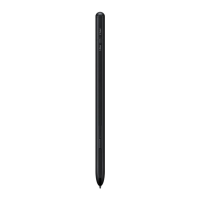
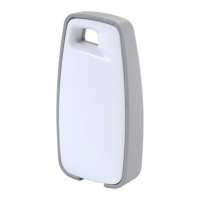

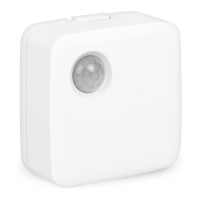
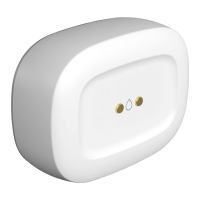

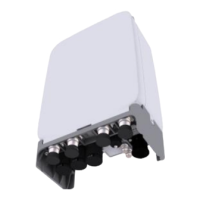
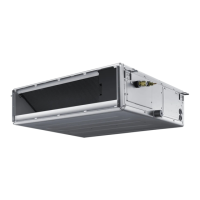
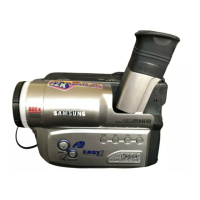



